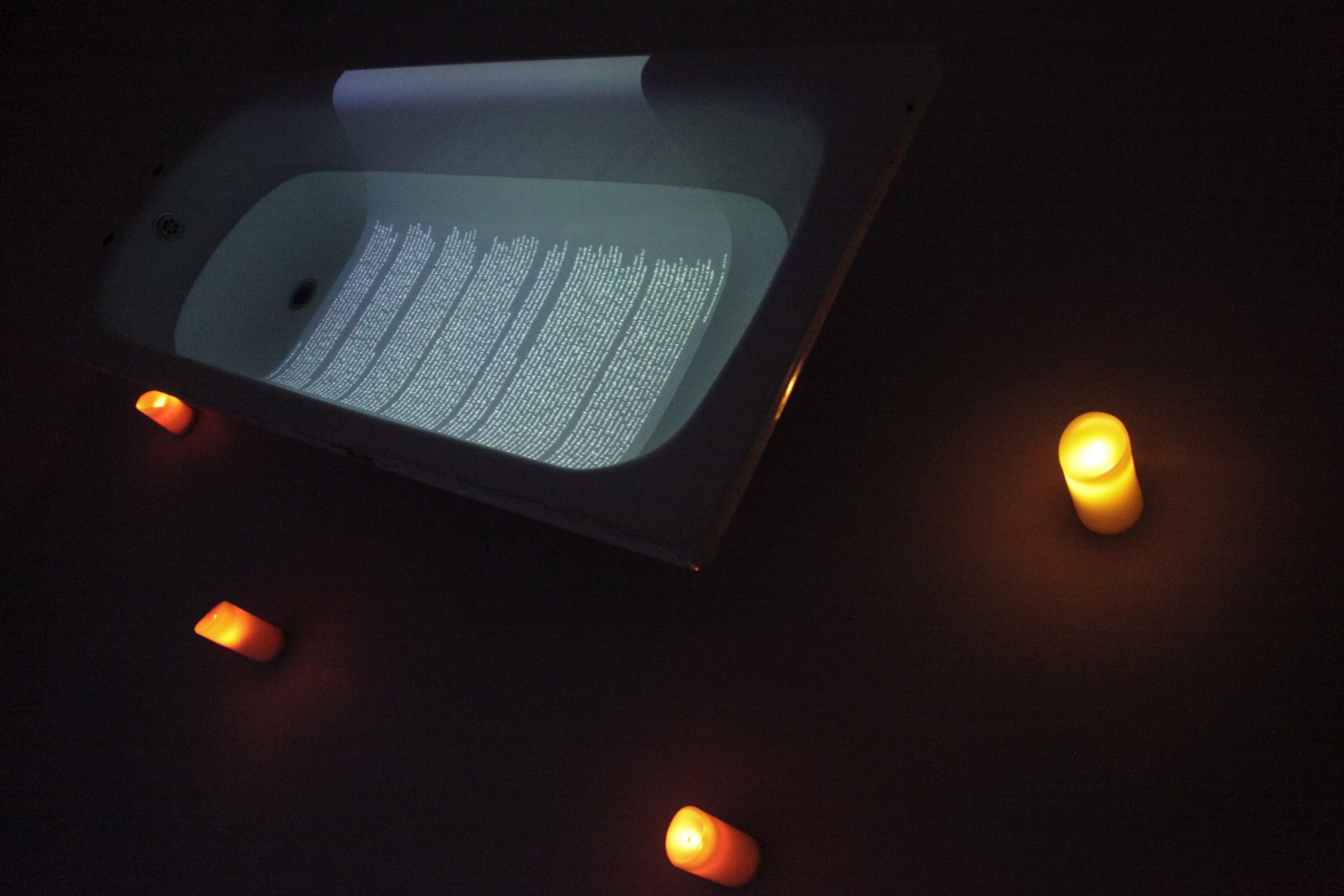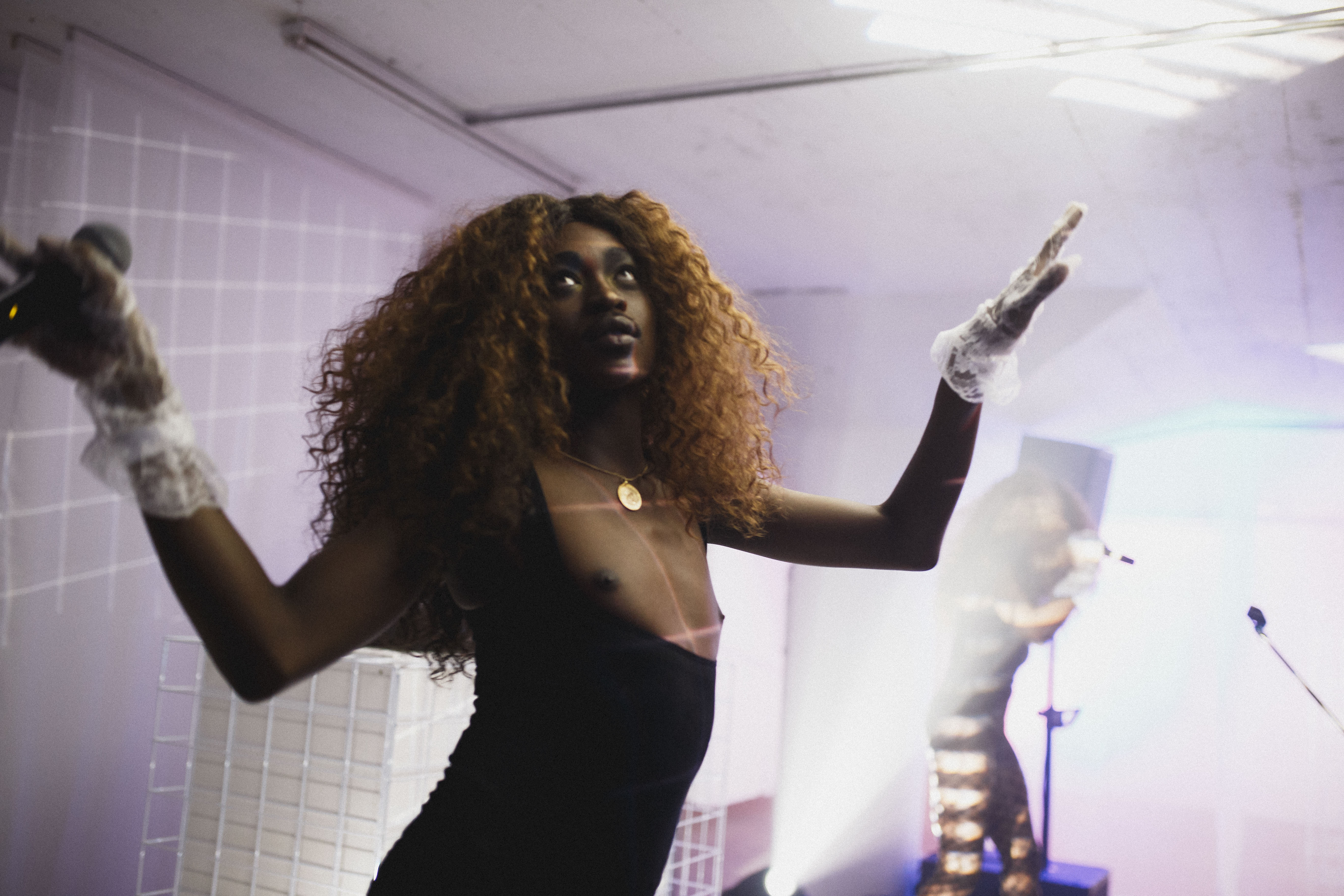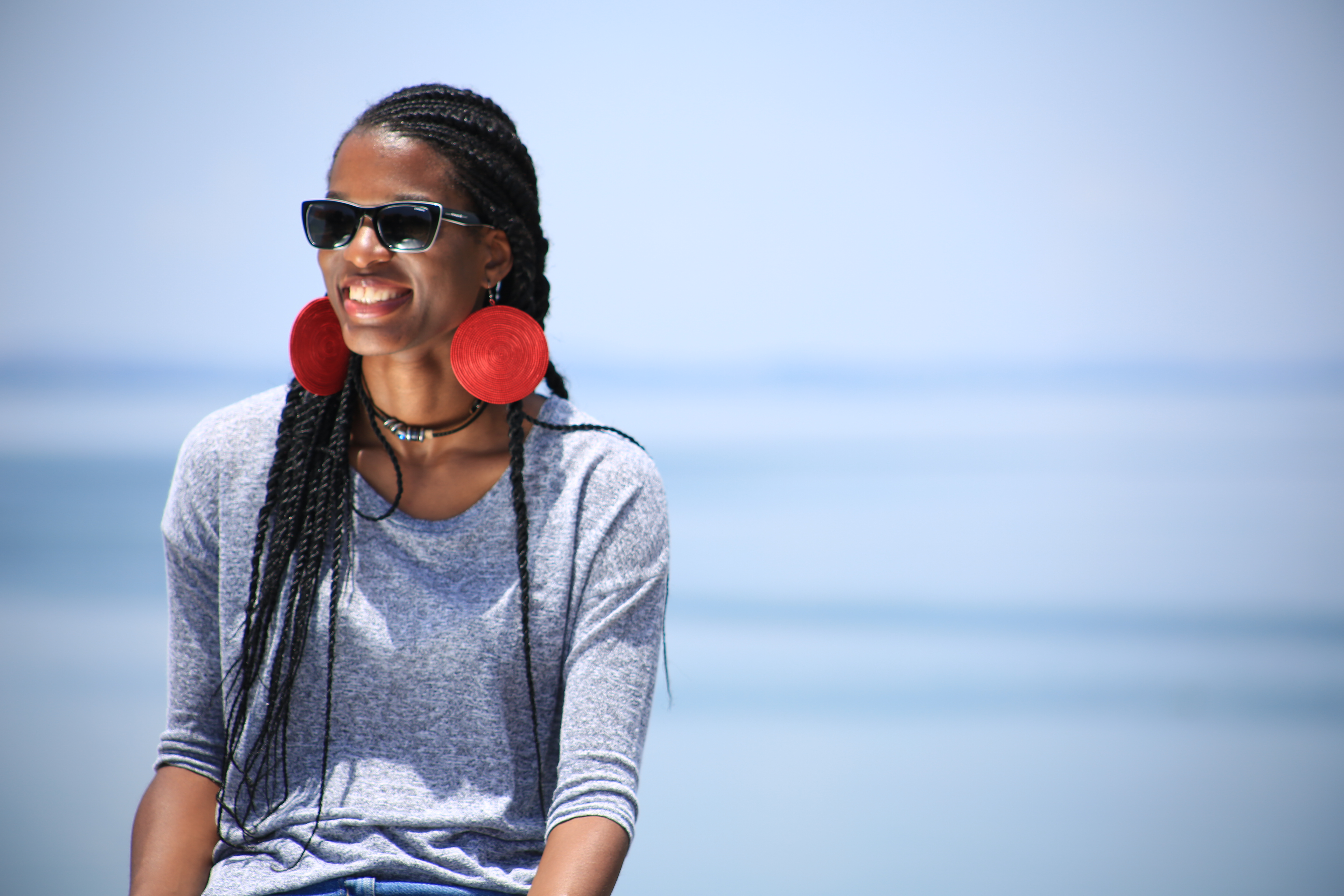The Instagram of Shane Malone is a portrait of a delusional hustler. Permanently dressed in a suit, shades and a gold chain, Malone presents himself as a well-connected European art agent- always on the move, always making deals. But the evidence on his own timeline suggests a very different story. He awkwardly exhibits photographs in subways and in front of bemused passengers on cramped economy class flights. A picture of him with a poster of Cristiano Ronaldo and Robert Lewandowski makes the outrageous claim that the soccer superstars “requested a private viewing before the World Cup and I managed to squeeze them in”. And yet in the midst of all these fantastical boasts, he only lists one actual client in his illustrious stable- the South African visual artist Russell Bruns.
Fortunately, rather than a real person living a clearly fabricated life in public, this gaudy character is a creation of Bruns himself. Trained as a lens-based artist, his practice to date has used photography and video to, as he puts it, “defamilarise everyday life”. Projects like Candyland, an exploration of the unspoken prejudices of South African academia, revealed the hidden ideological structures we take for granted as we go about our days.
But with Shane Malone, he has inverted his usual practice, using his everyday life as the character to defamiliarise photography itself. The crass salesman persona was inspired by past personal experience. “As long as I can remember I’ve been involved with some kind of selling, from door to door sales when I was a kid, to being heavily involved with an evangelical church in my teens selling the gospel to anyone and everyone”.
The mixed emotions produced by such experience has been a fertile creative ground to explore. “Initially the roles would terrify me. However, I eventually grew to learn from them as they provided me with this strange, almost half-speed, way of seeing and engaging with my surroundings. These observations would feed into my photographic practice, but I never considered engaging with the performative nature of sales as a device up until now”. More specifically he’s found himself inspired by the often uncomfortable experience of having to sell himself as an artist, and the cocktail of entitlement and self-loathing this inspires.
In the spirit of defamiliarisation, I also “interviewed” Shane himself.
Shane, do you feel like you are the art equivalent of influencers and disrupters like Jeff Bezos and Elon Musk?
No, I think Jeff Bezos and Elon Musk are the tech equivalents of Shane Malone.
What is the Shane Malone philosophy?
Sell or be Sold.
How do you choose your exclusive client list?
By looking at their financial statements.
Through this gauche mouthpiece, Bruns shows us how truly bizarre our cultural obsession with selling ourselves has become.
Keep up with Shane on Instagram.











































